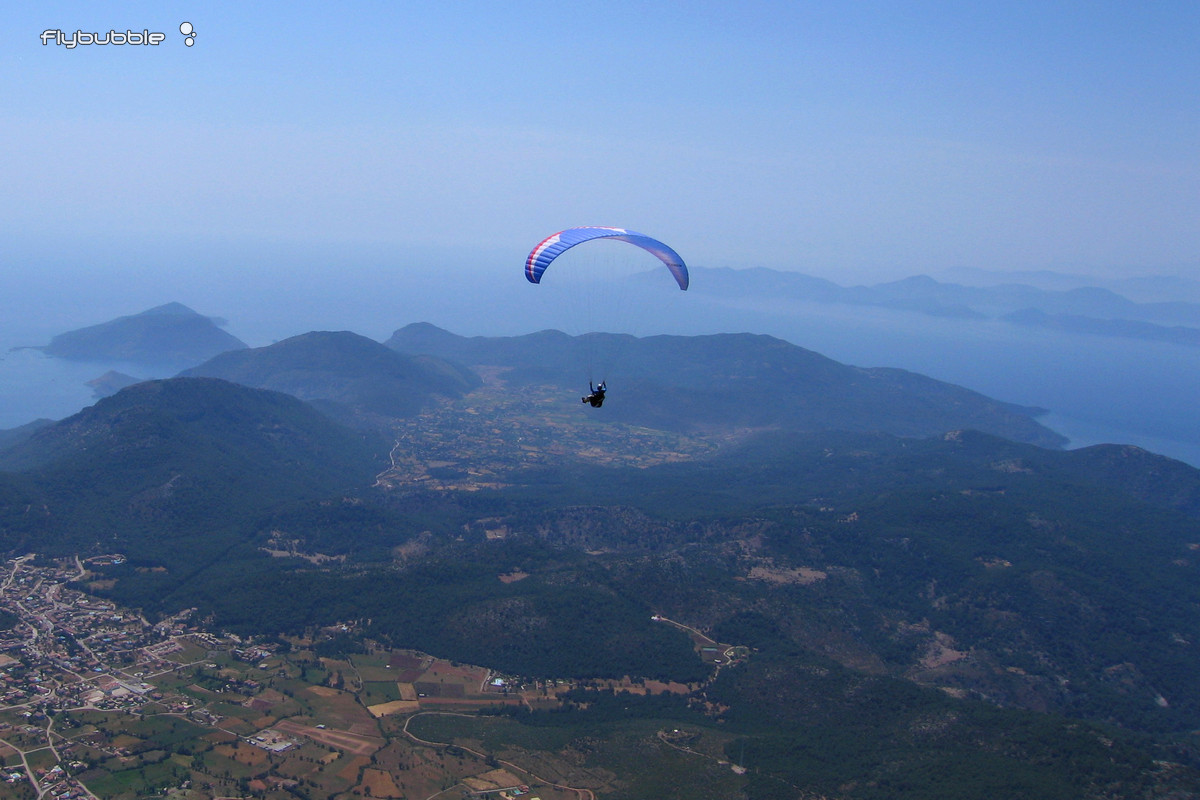
I qualified as a paraglider pilot in the summer of 2005, gaining my BHPA¹ Club Pilot (CP)² through one of the BHPA paragliding schools on the South Downs in England. Even though I'd been through the training, I didn't feel very confident when flying and was always conscious that, if anything went wrong, I had little clue and absolutely no practical experience of how to deal with it. I didn't understand what my glider was capable of doing and what its limits were. As a result I would fly in a state of tension, controlling the glider gingerly for fear of doing something which would cause me to fall out of the sky.
Flying in this state of mind, I felt that I was exposing myself to more risk than I ought to have been. I wanted to feel safer, so when someone suggested doing an SIV³ course I decided to look into it. I leafed through my copy of Skywings and contacted a few of the SIV course providers. After several telephone conversations and e-mails, I decided to go to Oludeniz in Turkey with Carlo Borsattino of Flybubble Paragliding. From what I'd read and seen on video, Oludeniz looked like the perfect place, with its good weather, high, nearby mountain and seaside location. And a number of people had told me that Carlo was one of the best instructors around.
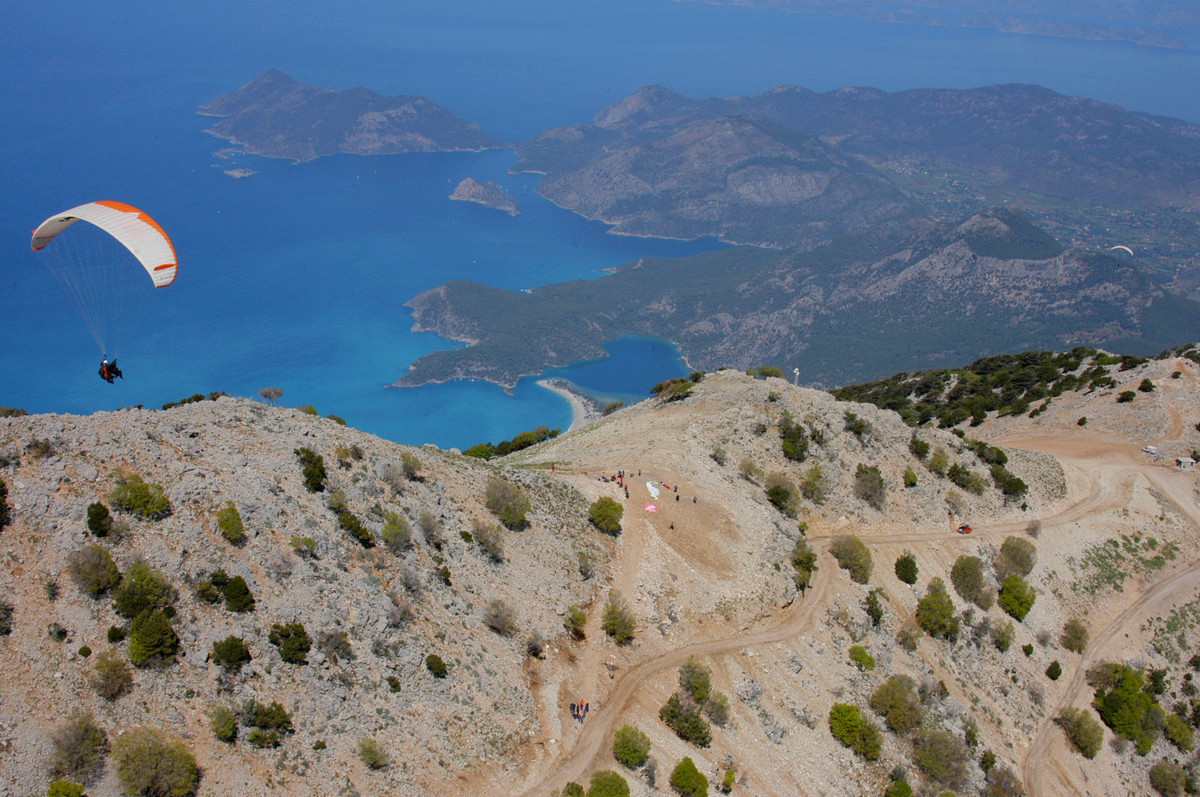 Paragliding from Babadag mountain in Turkey. Oludeniz beach visible in the distance below. Photo by Serkan Sozuguzel.
Paragliding from Babadag mountain in Turkey. Oludeniz beach visible in the distance below. Photo by Serkan Sozuguzel.I booked the course months in advance, so by the time it came around I was itching to go and had a clear idea of what I wanted get out of it. At the start of the course I had only 16 post-CP² flights under my belt and three hours total airtime. My objectives were to learn what my glider was capable of, to understand how to handle dangerous situations and to get a taste of cross-country flying.
It didn't take long for me to realise that I'd made a good choice as far as the course was concerned. A couple of days before departure I received a detailed itinerary and some coaching notes. I wanted to squeeze as much as I could out of the trip and when I read what was in store it was clear that there was the potential to achieve a great deal. I also had to complete a questionnaire about my flying experience, my kit and my insurance. Up to that point I had learned that paragliding training could be rather haphazard, but this felt thorough and well-organised, which I liked.
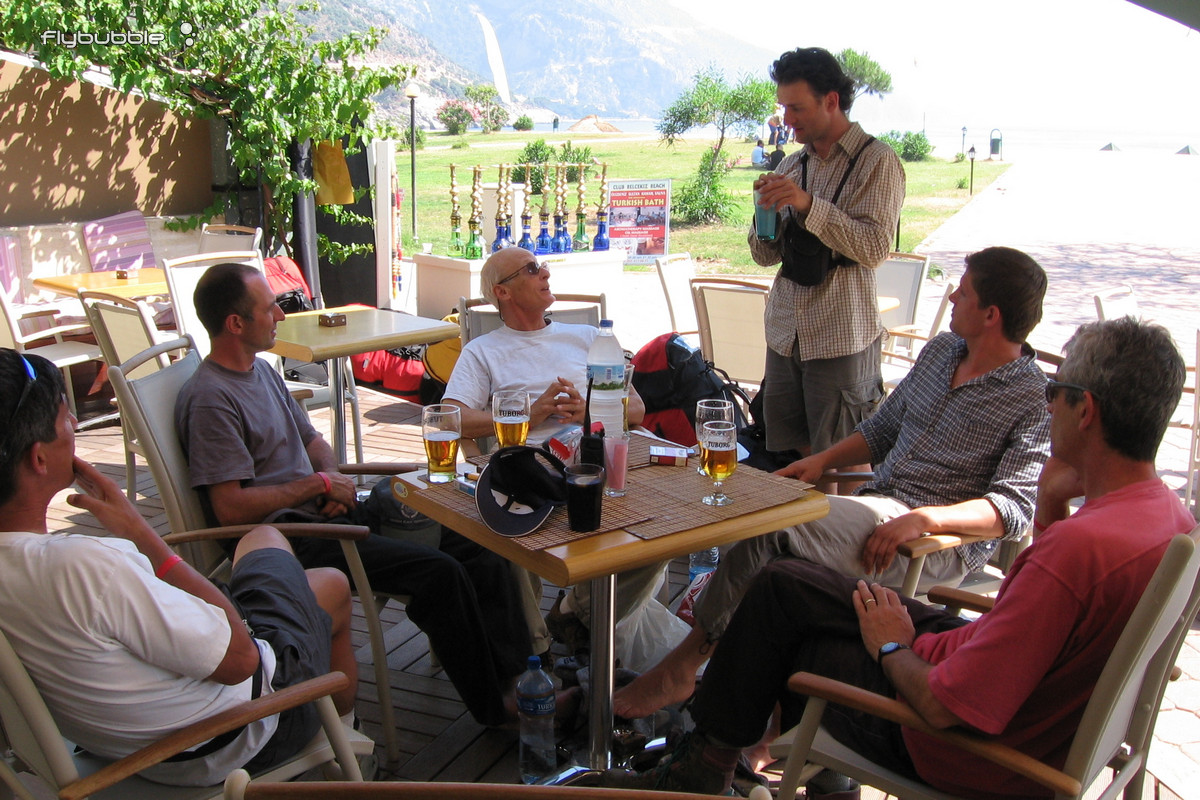 Flybubble Carlo giving the group a thorough paragliding briefing.
Flybubble Carlo giving the group a thorough paragliding briefing.Our party consisted of Carlo, Chris Joel, a Southern Club coach, John, our cameraman, and four trainees- Crispin, Grita, Paul and me. It was a small group and we all got on well, to the extent that we spent pretty much all of our time together, so there was plenty of time to tap into the more experienced pilots' experience, which was an unexpected bonus.
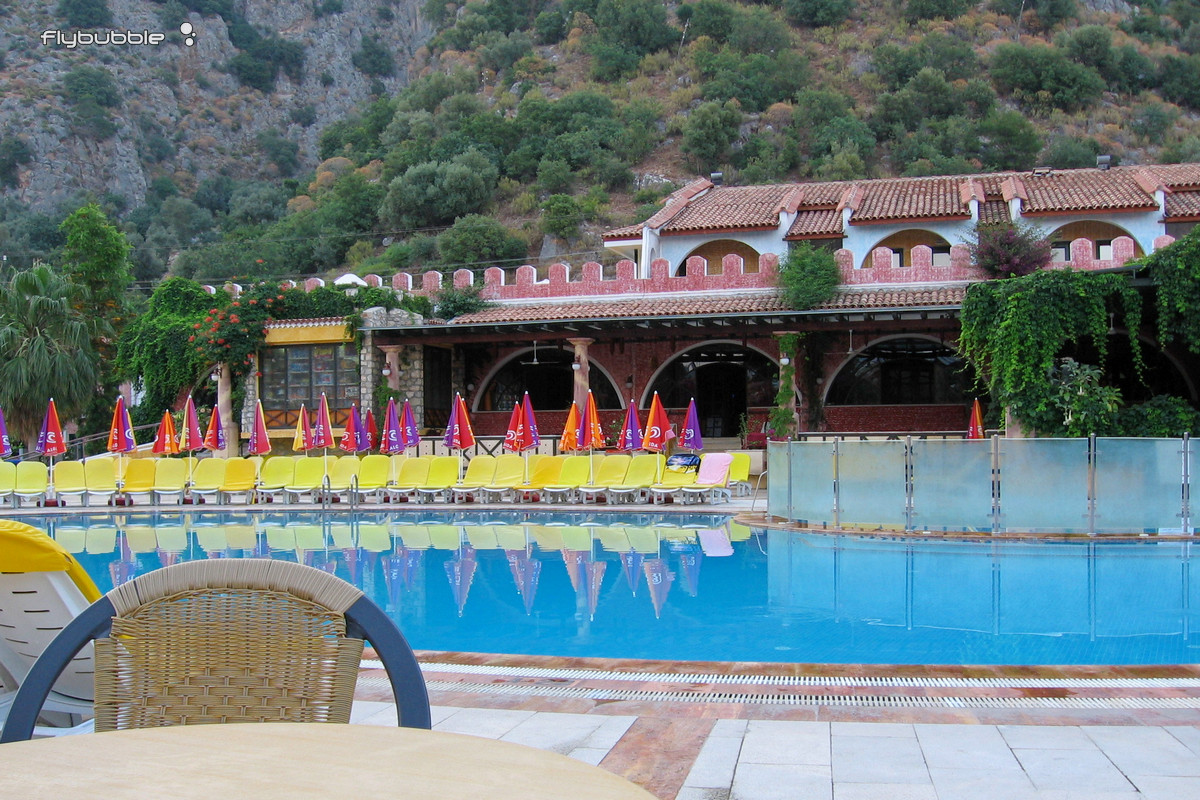 Our hotel in Oludeniz. Right on the beach, about 200 m from the landing area.
Our hotel in Oludeniz. Right on the beach, about 200 m from the landing area.Our hotel in Oludeniz was right on the beach, about 200 m from the landing area. Besides its great location it was excellent value for money and, as my waistline will testify, the quality of the food was outstanding.
After a short rest I asked Carlo to check my kit. I'd bought a lot of new stuff since qualifying but no experienced pilot had ever checked it all to make sure it was correctly set up. I would have been happy with a quick once-over but Carlo and Chris pored over it for an hour. I was very impressed and felt more confident about what was coming up in the days ahead knowing that those guys had given my kit the thumbs-up.
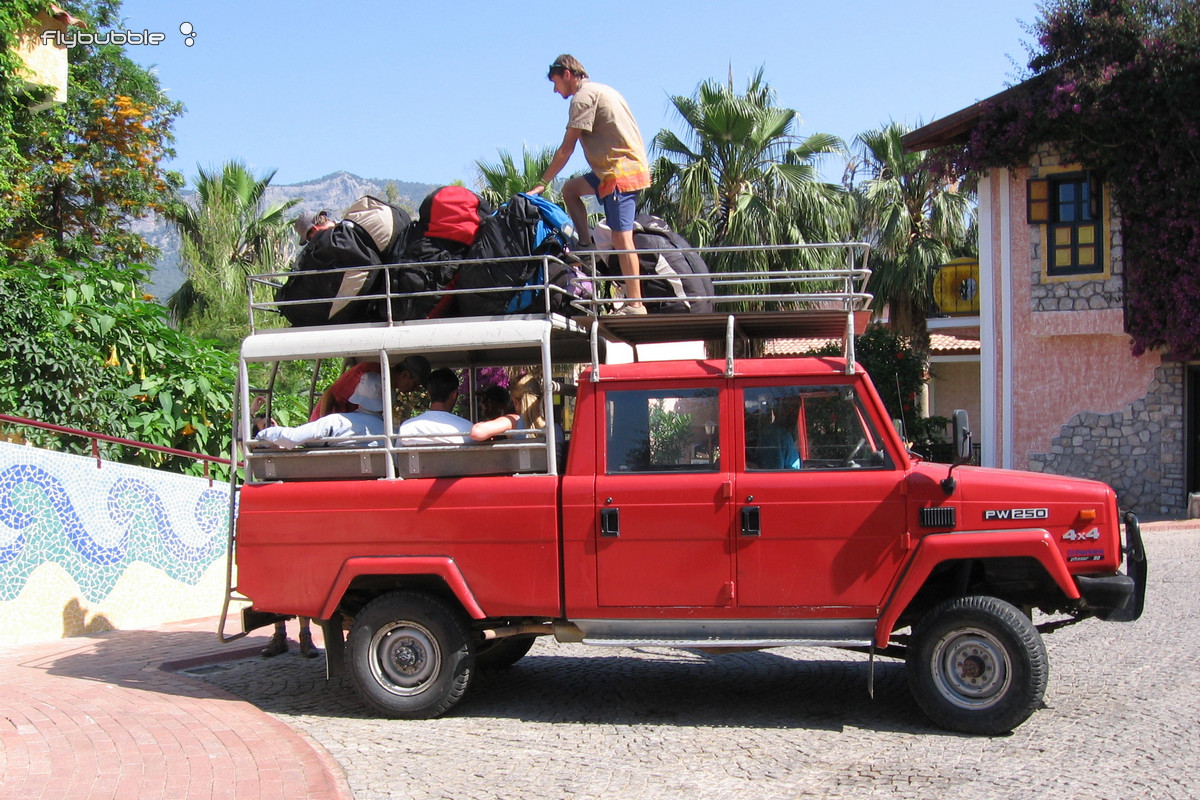 Loading up our paragliders, ready to head up to launch!
Loading up our paragliders, ready to head up to launch!After lunch, Carlo gave us our first briefing on a reconnaissance flight we were going to make that afternoon from the top of Babadag, the nearby mountain with launch sites from 5,600 to 6,500 ft. We walked over to the beach landing area and discussed how to approach it from the air. Then, because another trainee, Paul, and I had low airtime, Carlo and Chris decided to check out our ground-handling on the beach to make sure we were good enough to take up the mountain.
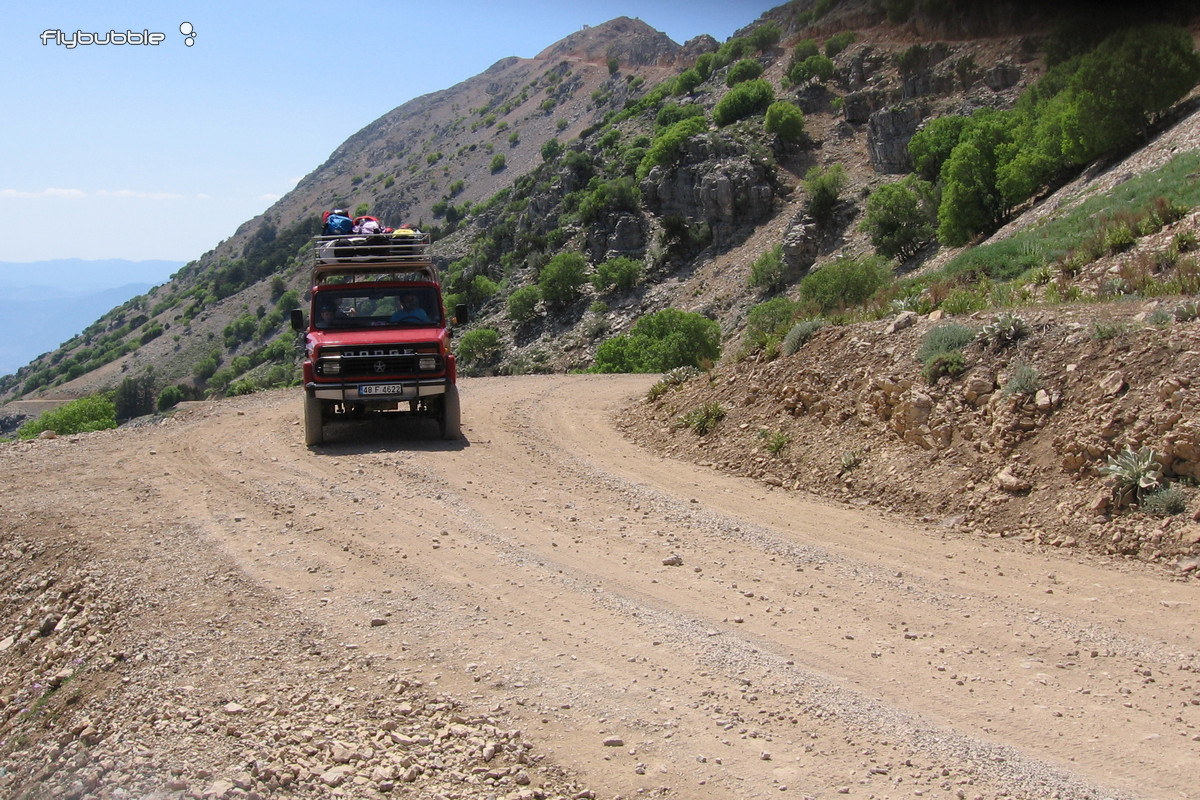 The dirt track up to some the paragliding launch sites on Babadag mountain.
The dirt track up to some the paragliding launch sites on Babadag mountain.Our first flight was a gentle 30-minute glide back to Oludeniz beach. Up to that point my flying experience had been limited to a handful of low altitude, ridge-soaring flights in southern England, so the combination of height, solitude, warm air and fantastic views made it truly exhilarating.
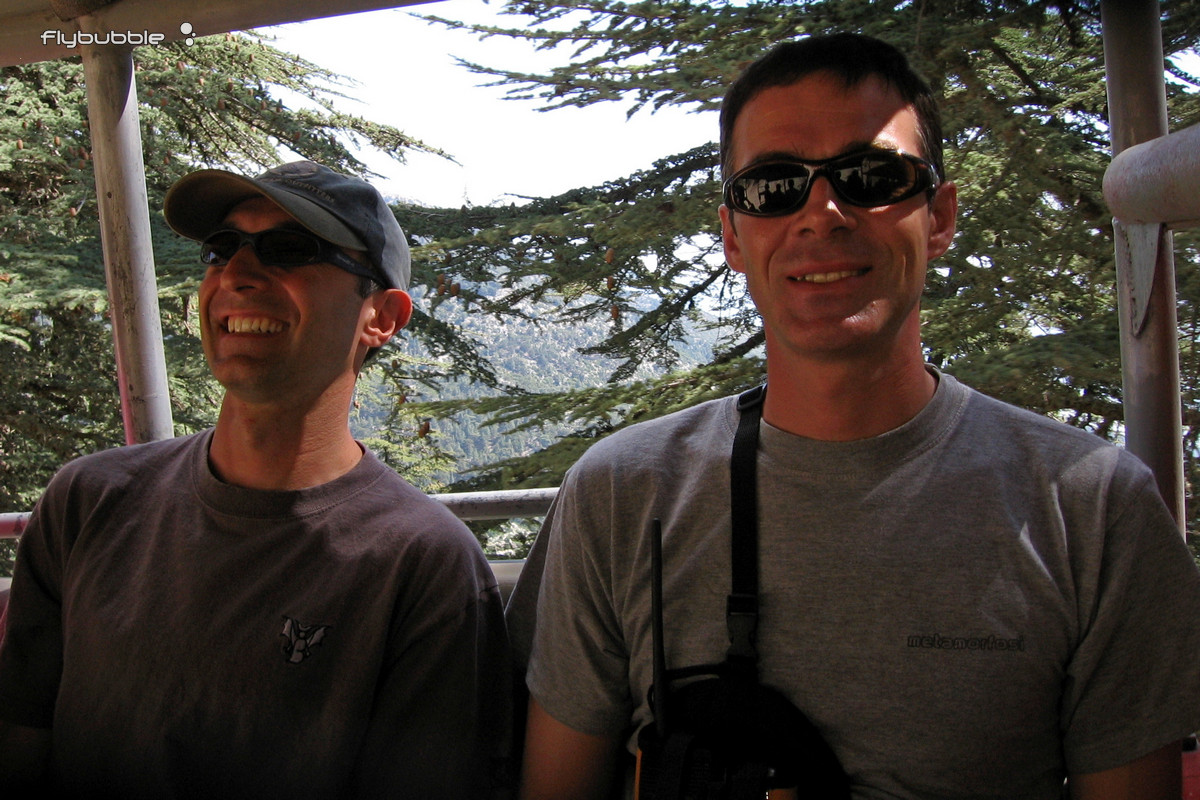 Mentally preparing for flying on the way up to takeoff. Excited!
Mentally preparing for flying on the way up to takeoff. Excited!The next day started with a briefing on our first SIV flight: collapses. Shortly afterwards Carlo headed off in his speedboat to his position in the bay, ready to scoop us out of the water if things went wrong, while the rest of us took the 50-minute trip up the mountain. After launching from the highest take-off and a ten-minute glide, I was approaching the bay and was ready to start the manoeuvres.
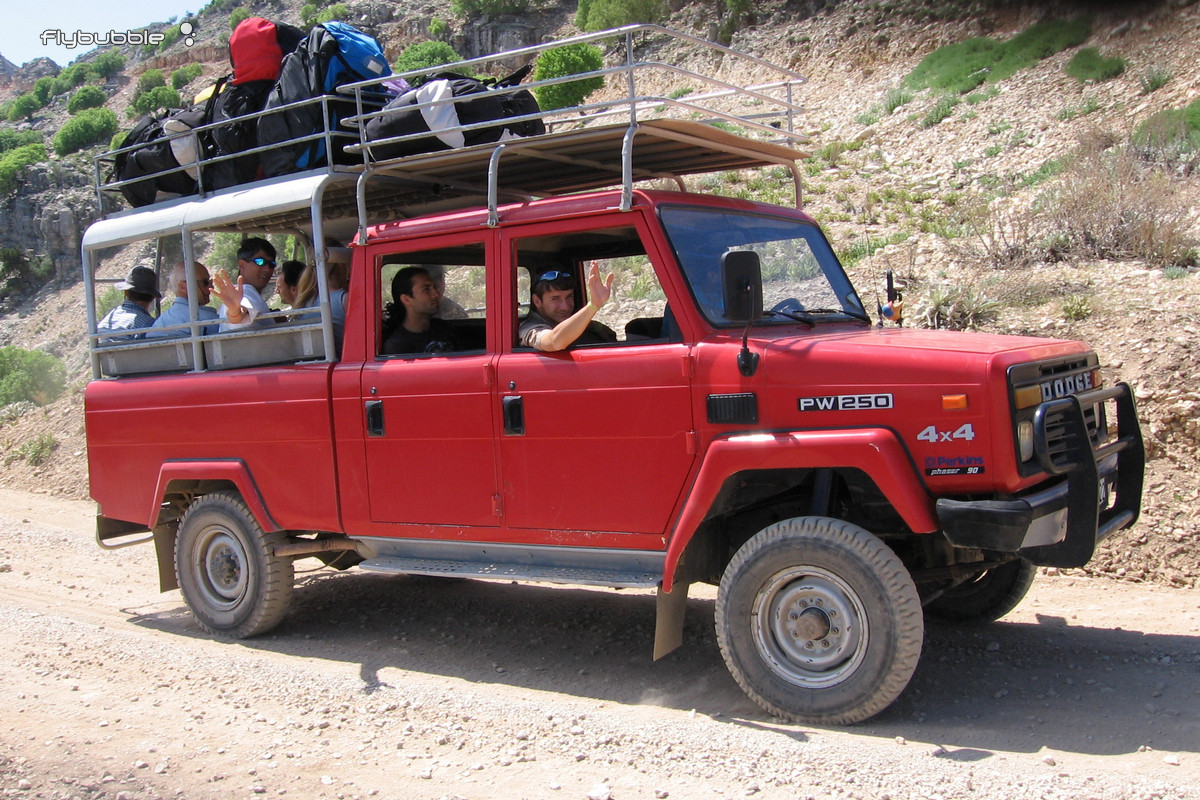 The Flybubble group in one of the trucks up to Babadag paragliding launch.
The Flybubble group in one of the trucks up to Babadag paragliding launch.The great thing about Oludeniz is that you have so much height in which to do your manoeuvres: by the time you reach the bay there's normally at least 4,000 ft between you and the sea. “OK Julian,” says Carlo on the radio. “Pull down sharply on the A risers on your right to induce an asymmetric collapse. Ready… go!” I pulled the A risers down hard to my knee. Flipping heck! The right side of the wing tucked sharply and the glider plunged forwards and to the right. I was suddenly facing the sea below. There was a rush of air, the wing gradually reinflated and I resumed a normal course. “Very nice,” said Carlo. Nice? I thought… that wasn't nice!
“OK. Now let's try a symmetric collapse.” says Carlo. “Pull down on both sets of A risers. Ready… now.” Flipping heck! Much the same thing happened except the initial swing forward was more pronounced, the subsequent plunge was deeper and the sound of wind and wing flapping was louder. After a couple more goes we practised various control exercises: dolphining, where you swing backwards and forwards, 360 degree turn reversals and wingovers, which seemed to take on a life of their own after a couple of turns. When I'd run out of height I turned towards the beach to land. On landing I felt very relieved. Then I couldn't wait to do it again.
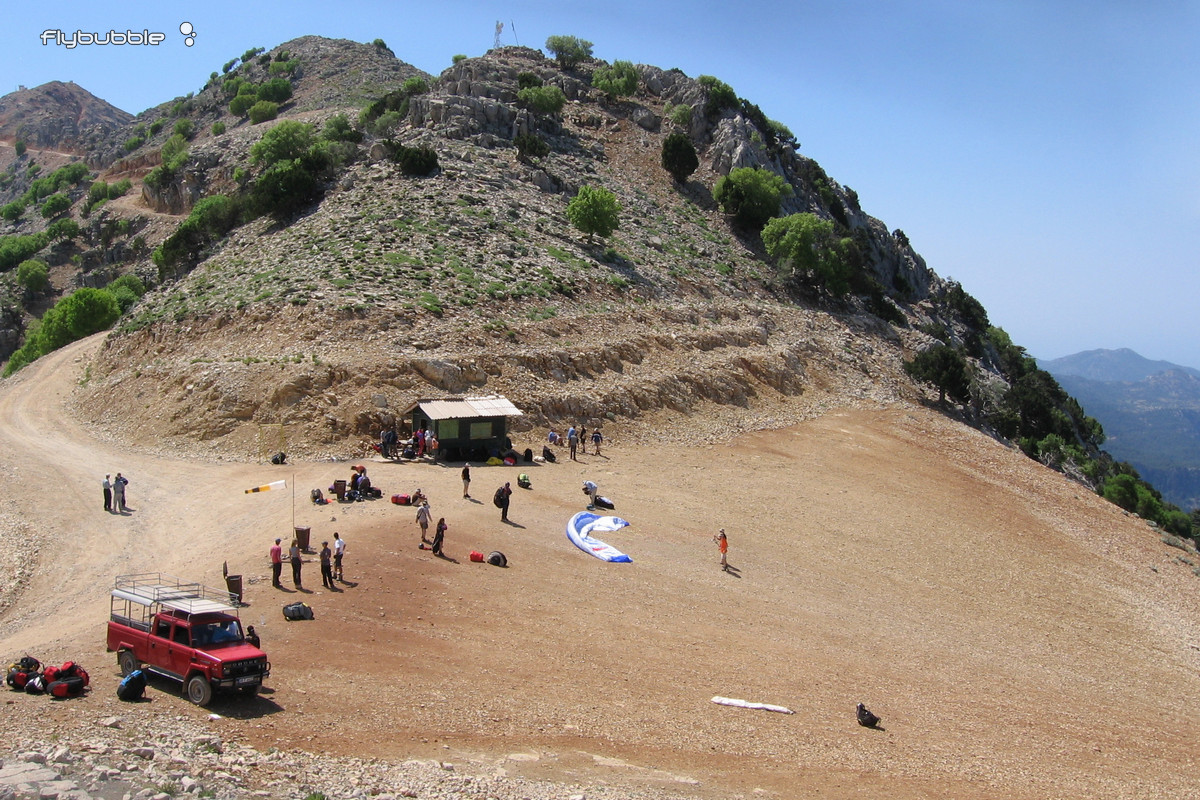 One of the paraglider launch sites on Babadag mountain.
One of the paraglider launch sites on Babadag mountain.After packing up the glider (er… paying someone to pack it, actually), it was time for lunch and a debriefing with the aid of John's video footage. To see your manoeuvres from a different perspective whilst listening again to Carlo's radioed instructions, pausing to reflect on a particular learning point or replaying a few seconds in slow-motion, was invaluable. I hadn't expected there to be video coverage, but having experienced it I couldn't imagine doing such a course without it. The process was great for driving home the important points to remember.
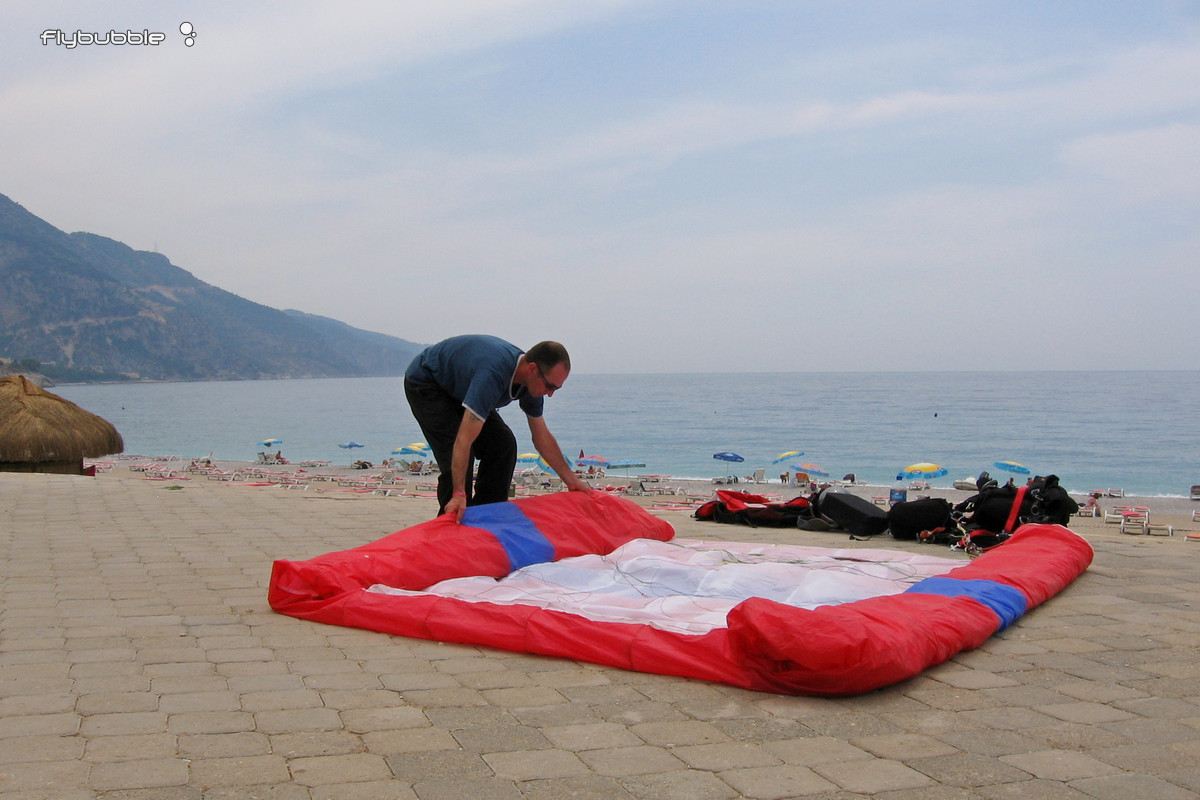 Paul packing up his paraglider on Oludeniz promenade after another great flight!
Paul packing up his paraglider on Oludeniz promenade after another great flight!After the morning debriefing came the briefing for the afternoon's exercises, followed by the 50-minute ride up the mountain and the second flight of the day. Chris supervised the group's launches and was a stickler for making sure the wing was steady and fully inflated before taking off. I confess I thought this was finicky at first, until I watched a mad Russian making several rushed and potentially lethal attempts to launch one morning. Under Chris's supervision my launching improved steadily as the week progressed.
The afternoon flight dealt with rapid-descent techniques: B-line stalls and Big Ears to varying degrees. Again the debriefing session followed to drive home the key messages. This pattern continued from Sunday through Wednesday as we practised various forms of glider control and rapid-descent techniques and learned how to recover from stalls and spins. By the end of it I felt much more confident about flying my glider and knew that I was a much-improved, safer pilot.
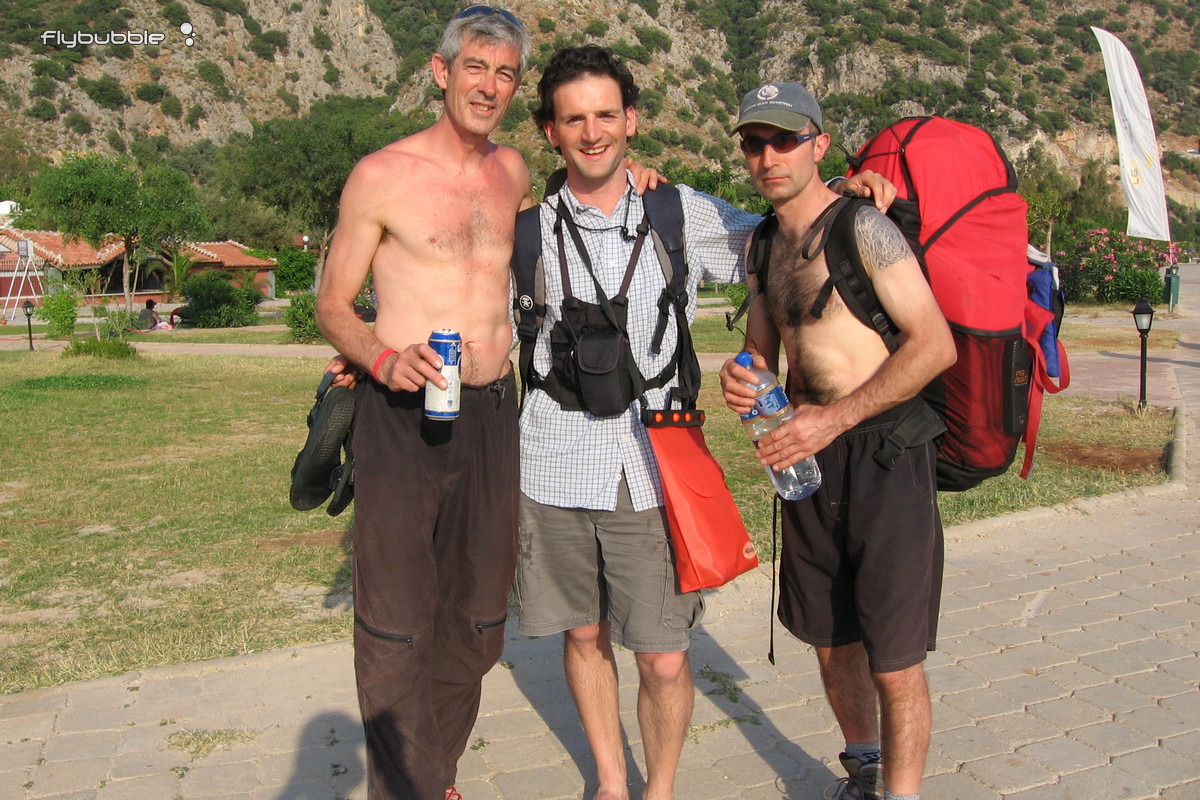 Crispin, Carlo and Paul on Oludeniz promenade after a great flight. Paul's a lot happier than he looks in this photo! ;-)
Crispin, Carlo and Paul on Oludeniz promenade after a great flight. Paul's a lot happier than he looks in this photo! ;-)On Thursday, the plan was to learn to thermal. I'd never done this before and was really looking forward to it. Like many novices, all my flying had been done within 100 m of a ridge and thermalling seemed like something other, more experienced pilots did. After a mountain-top briefing I launched and immediately turned right towards a group of circling paragliders.
 Learning to thermal near launch with Carlo's invaluable radio instruction
Learning to thermal near launch with Carlo's invaluable radio instructionFor the next ten minutes Carlo's instructions over the radio were constant. “You're sinking; head towards Grita. Now you're rising. Turn now. Tighter.” And so on. Without it I would have been heading back to the beach for sure.
After a few minutes I started to get the feel for where the thermals were and how they were shaped. As instructed, I moved from one to another as I gained height, gradually moving up along the ridge to the mountain peak.
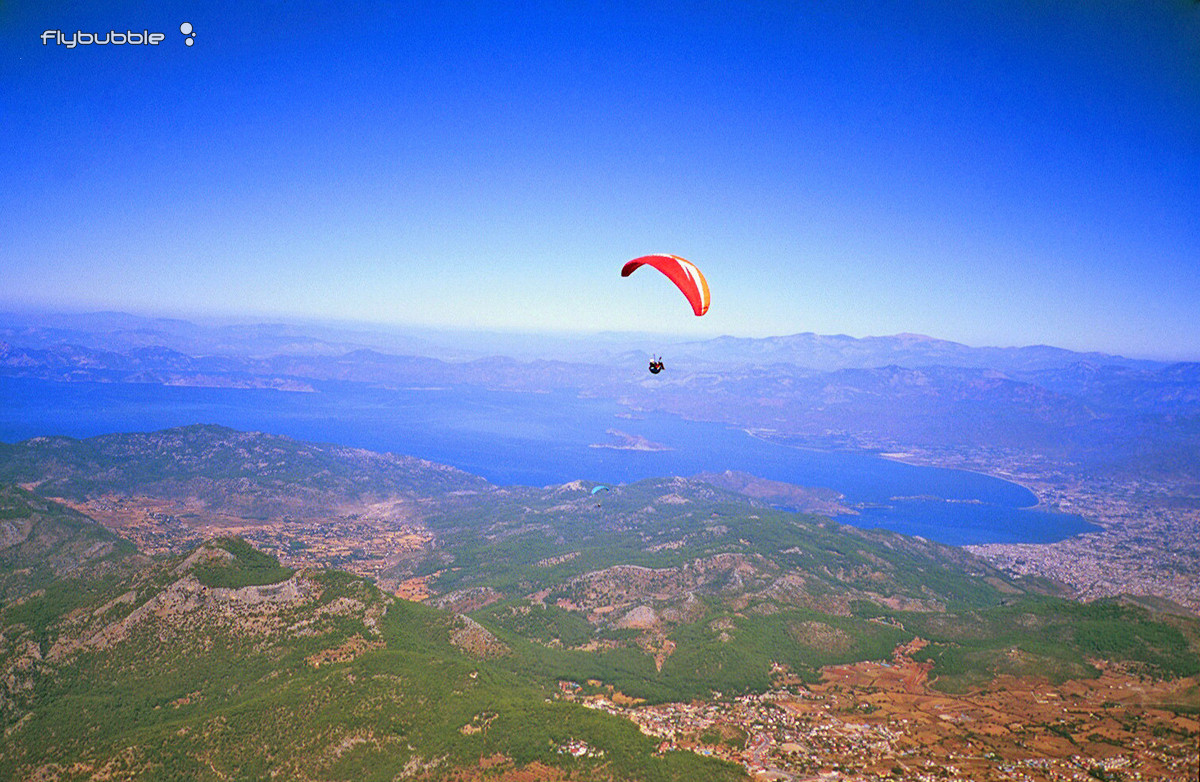 Starting to get the hang of thermaling on a paraglider, gaining height very nicely!
Starting to get the hang of thermaling on a paraglider, gaining height very nicely!I looked round and saw two gliders higher than me and I headed towards them. As I did so I entered a big area of lift. My vario went berserk, and as I circled in it I went higher and higher. The next thing I knew I was at 9,000 ft! All the other gliders were below me now.
“Has anyone seen Julian?” someone said over the radio. I couldn't answer because I didn't have a push-to-talk facility. "That's him high above Babadag's top peak, top of the paraglider stack!" said Carlo. It felt amazing - and cold. I kept climbing through 10,000 ft!
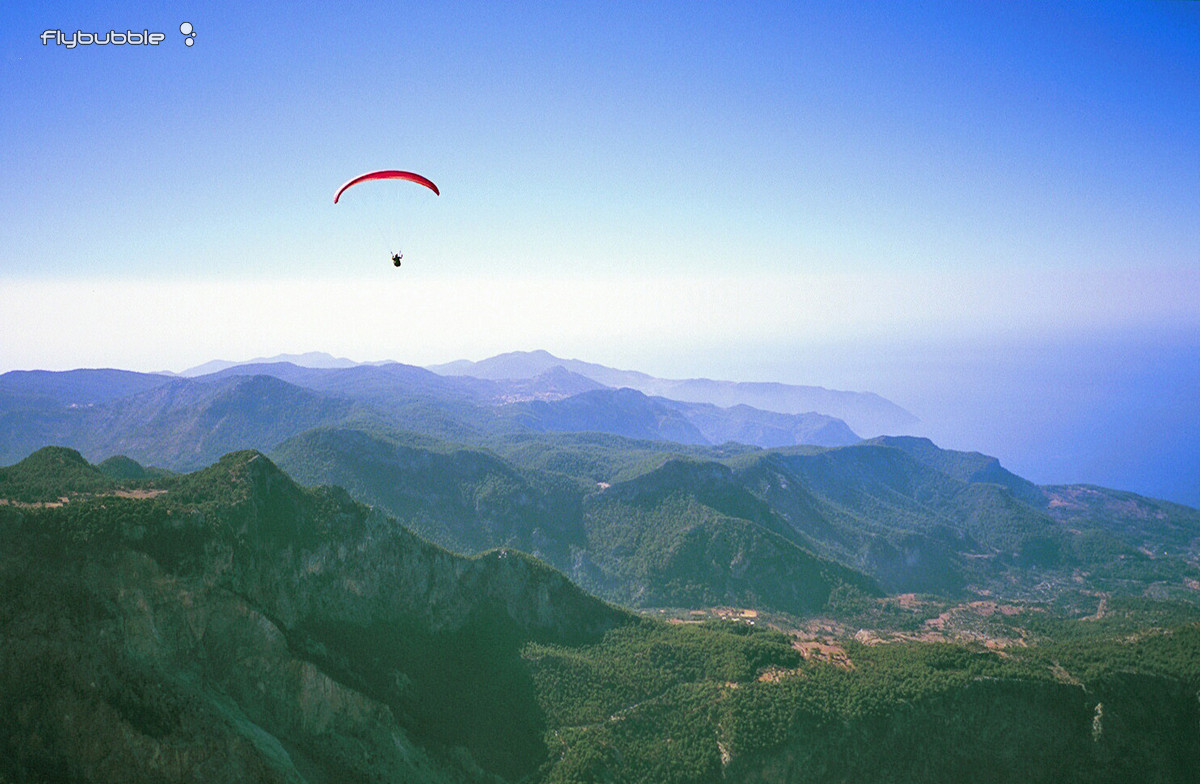 High above Babadag mountain's highest peak - and top of the paraglider stack!
High above Babadag mountain's highest peak - and top of the paraglider stack!After a while the elation I felt started to wear off as the cold and airsickness started to kick in. I was at the point of heading back to the beach when Carlo said that he and John were going to join me. Once they arrived we set off across the valley towards another mountain, Mendos.
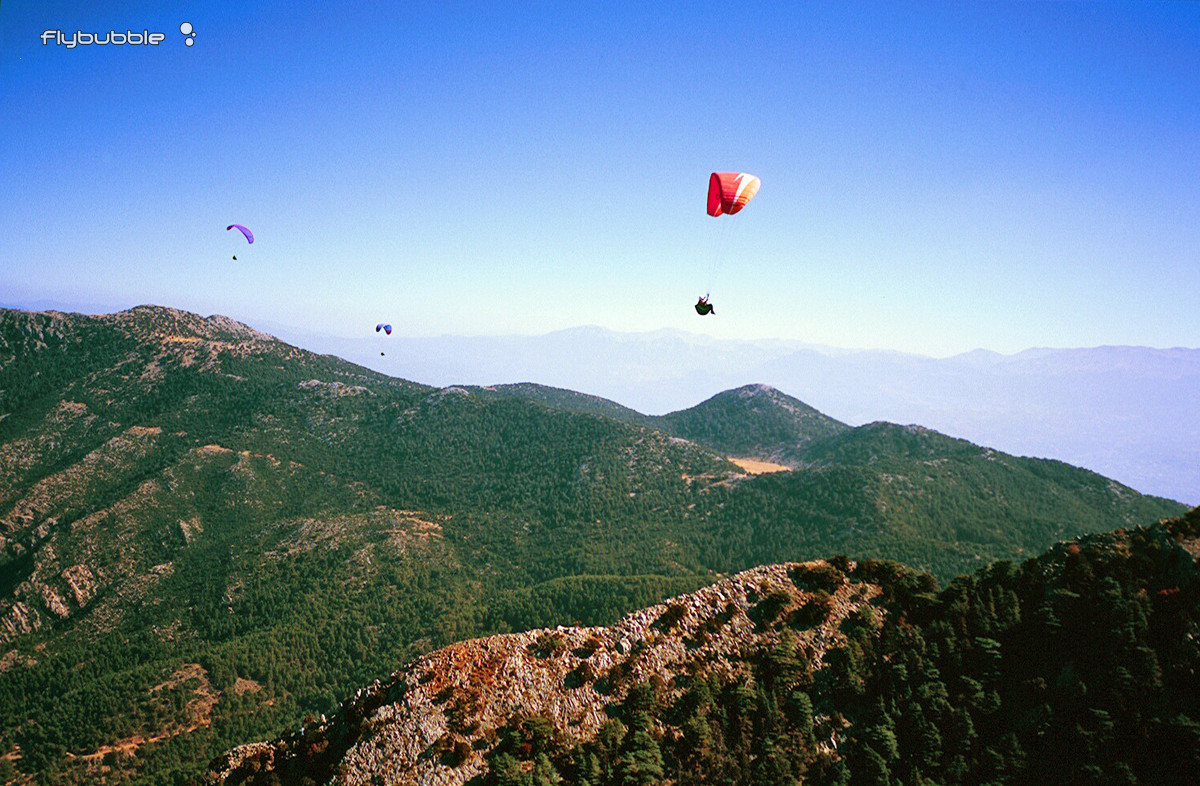 Carlo and John joined me, and we set off across the valley towards Mendos mountain.
Carlo and John joined me, and we set off across the valley towards Mendos mountain.As we arrived at Mendos, John headed off on his own while Carlo stayed and led me in search of areas of likely lift. Unfortunately the thermals there were patchy and with my lack of experience I couldn't catch them, so Carlo led us back towards Oludeniz.

There was now a strong southerly wind blowing against us and it was touch and go whether we'd make it back to the beach. Carlo decided that we should land at a nearby airfield. What followed was a live aerial tutorial on the appraisal of landing sites, encompassing the approach, wind speed and direction, hazards and access roads. I reckon I probably learned more in those few minutes than I would have done in months studying books, chatting to people on the ground and through solitary trial and error.
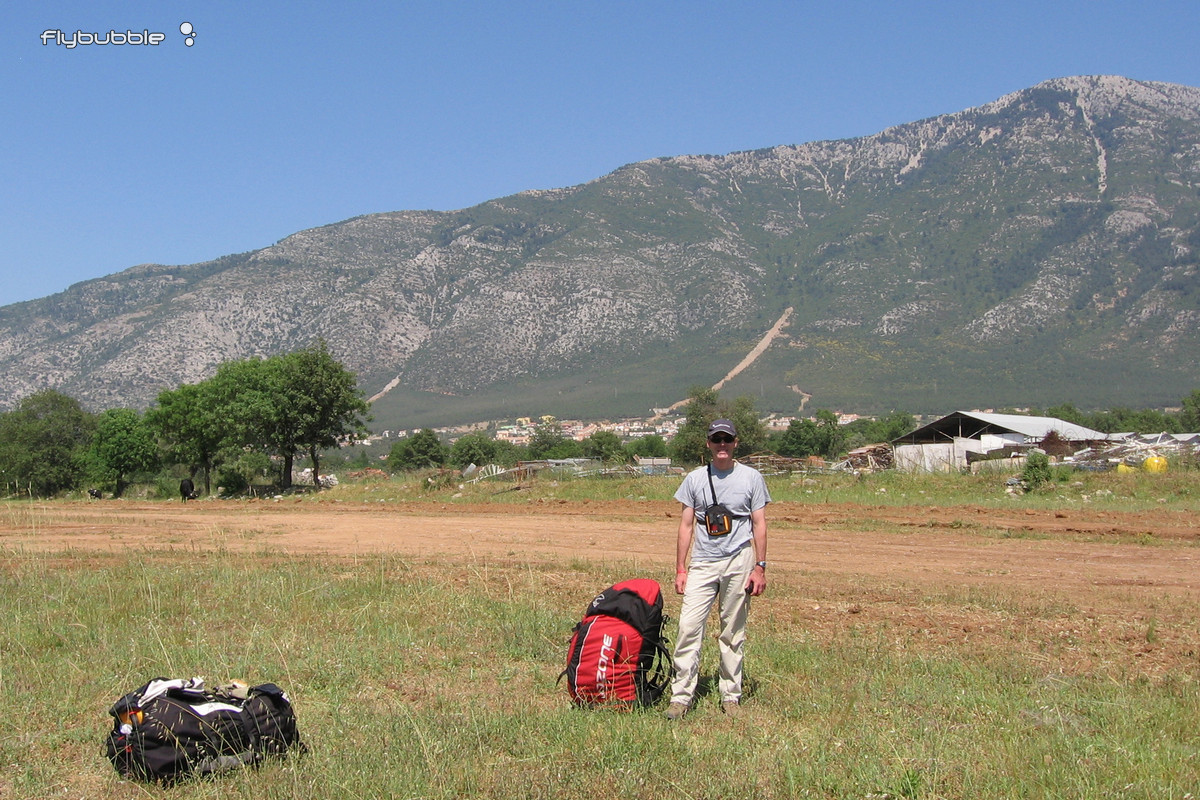
Standing on that silent, dusty airfield with flies buzzing and cows grazing, I felt a quiet sense of achievement. I'd done my first cross-country, and I'd touched the clouds and stayed up for two-and-a-half hours.
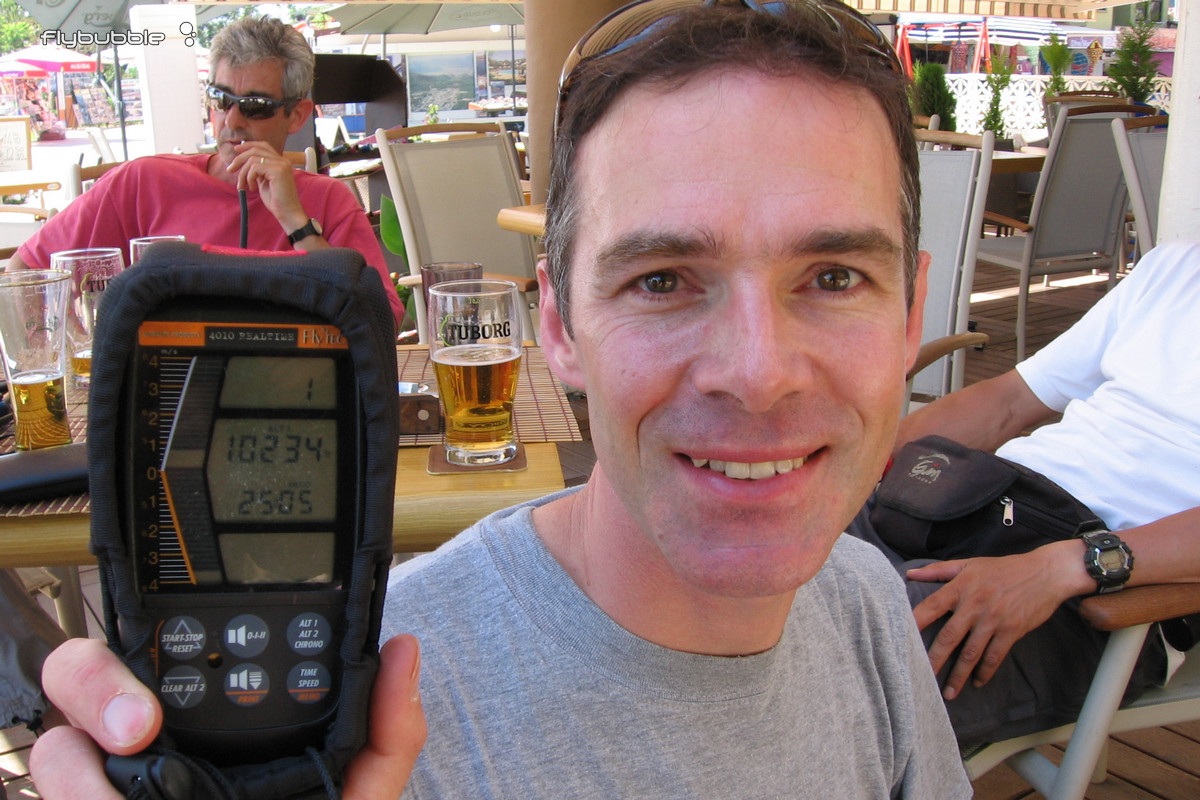
On the last day conditions were not as good for thermalling and I couldn't catch any, but I was still able to glide down to the beach and practice a few wingovers and turn reversals.
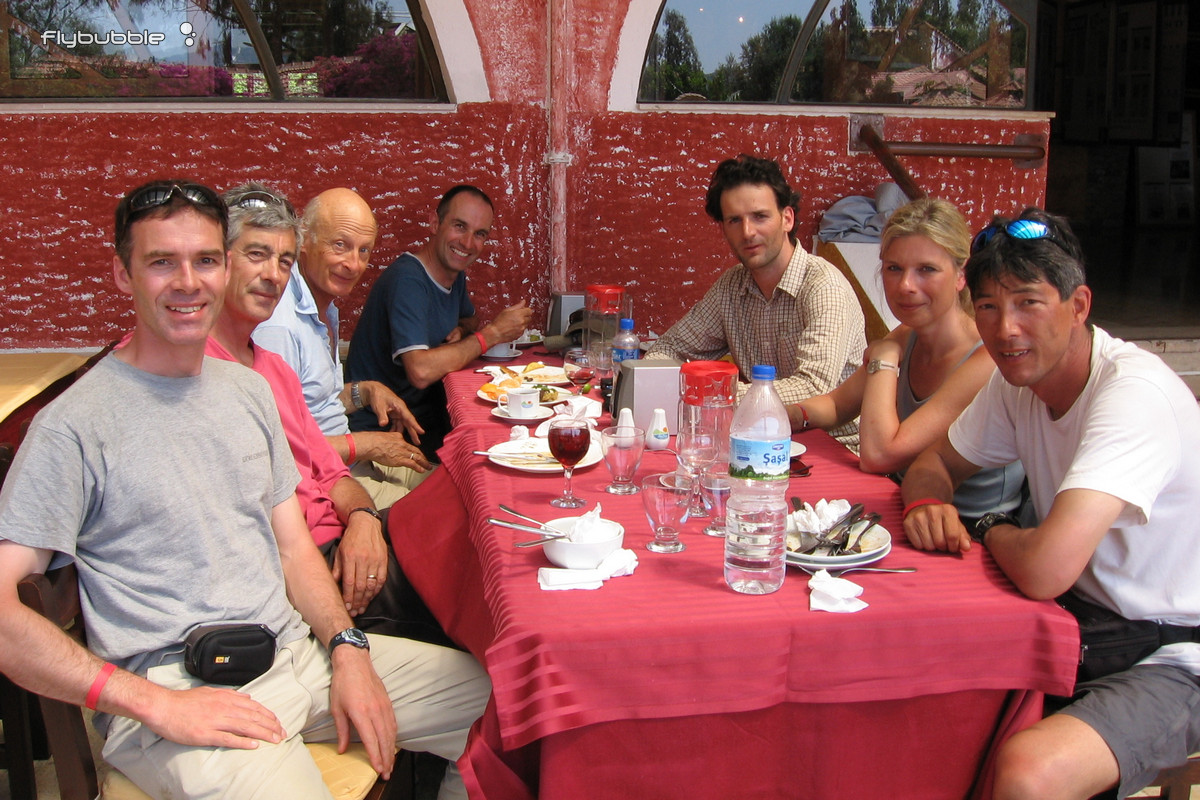
Thanks to the dedication and expert tuition of Carlo Borsattino and the rest of the Flybubble team, I achieved everything I set out to achieve from the course and more. I feel a lot safer and this can only be a good thing for me, my family and the other paraglider pilots on the South Downs. I thoroughly recommend an SIV course with Carlo to anyone, particularly those pilots with low airtime. Besides the safety thing, you'll hone all aspects of your paragliding, have a brilliant holiday and make some good friends.
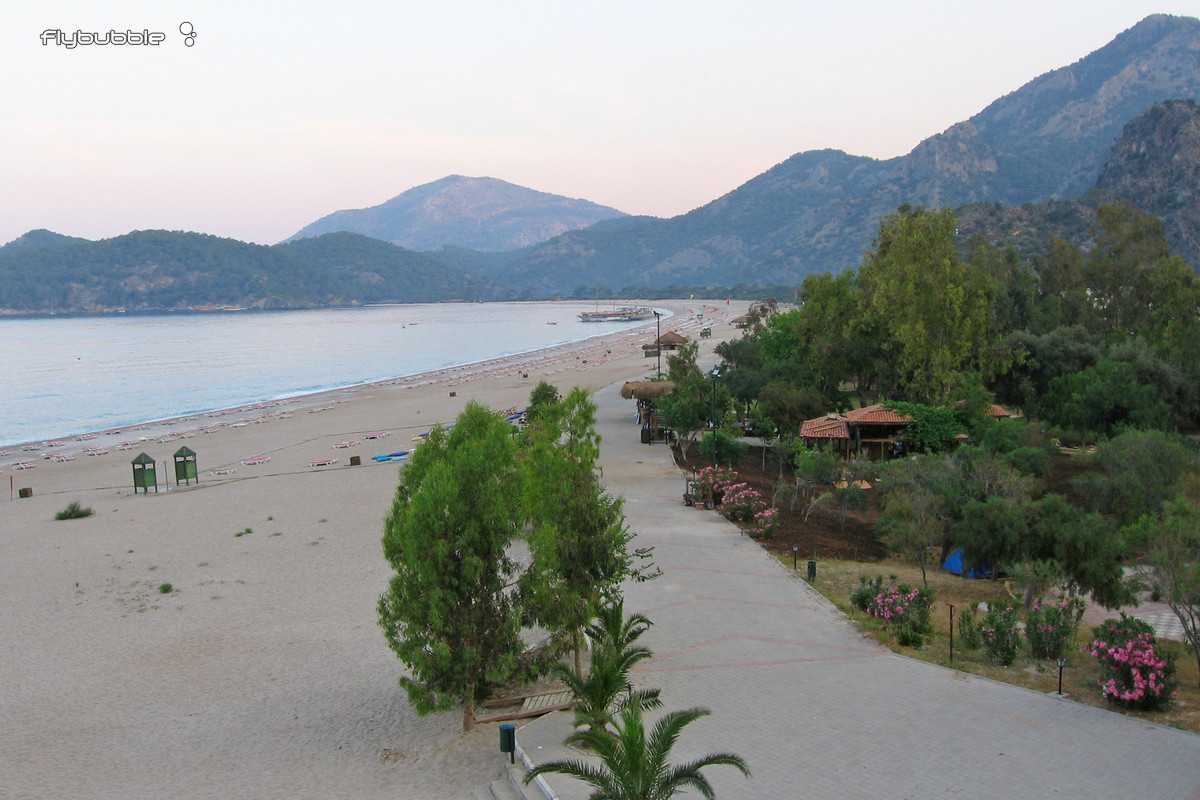
Article originally published in BHPA¹ Skywings magazine in September 2006.
¹ BHPA: British Hang Gliding and Paragliding Association.
² CP: The BHPA "Club Pilot" rating, often referred to by UK paraglider pilots as "CP", is the paraglider pilot rating you get when you successfully complete a basic paragliding training course with a BHPA¹ registered paragliding school.
³ SIV: From the French phrase: "Simulation d'Incidents de Vols" which in English translates to Simulated Incidents in Flight. A paragliding SIV course is like an advanced driving course for paraglider pilots. The broad aim of an SIV course should be help the paraglider pilot become a better, safer pilot. They should gain greater understanding, experience and control of their paraglider, and know better it's limits.
Brought to you by Flybubble
Like what we do? The best way to thank and support us is to buy gear from us and recommend us to others. Review our service on Trustpilot and our products on Flybubble Shop. You can also subscribe to Flybubble Patreon. Thank you!

